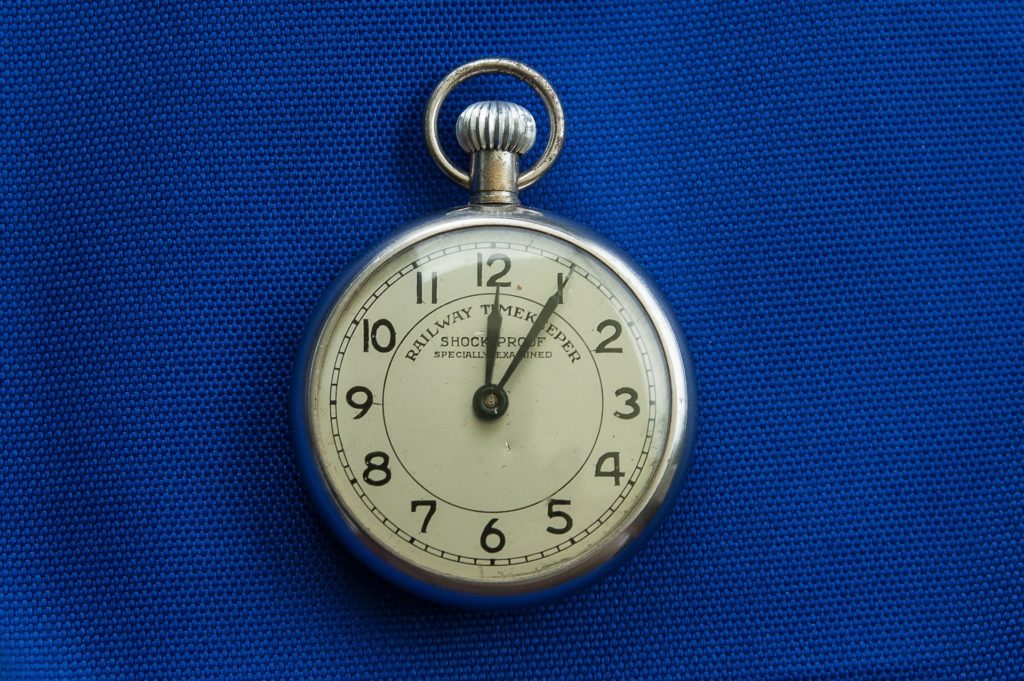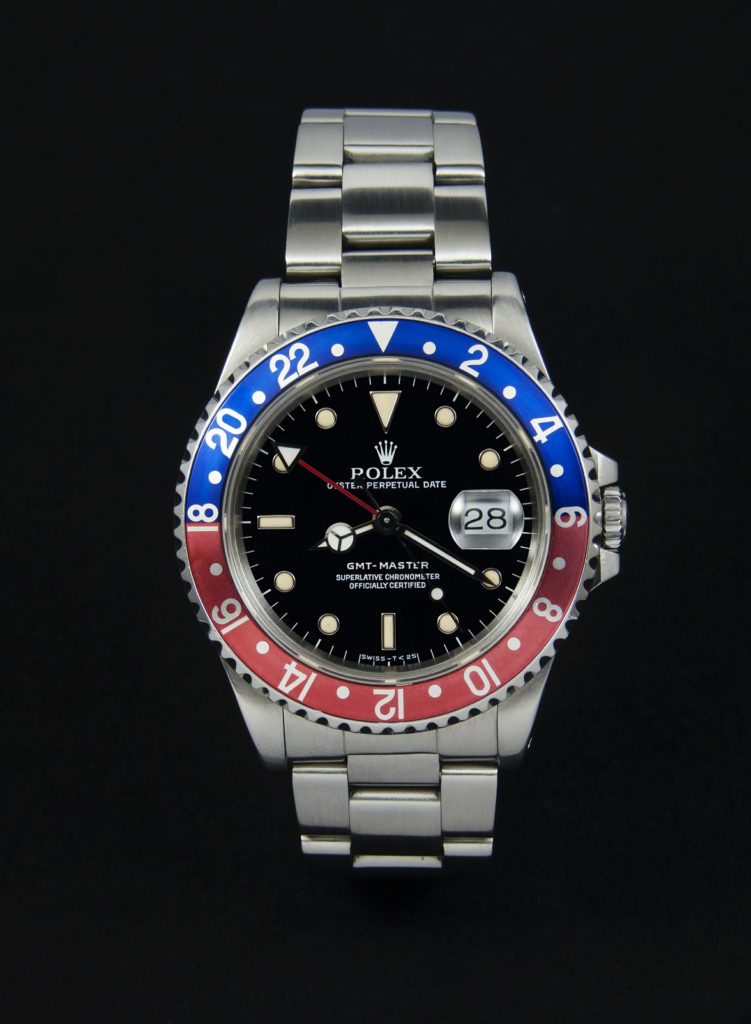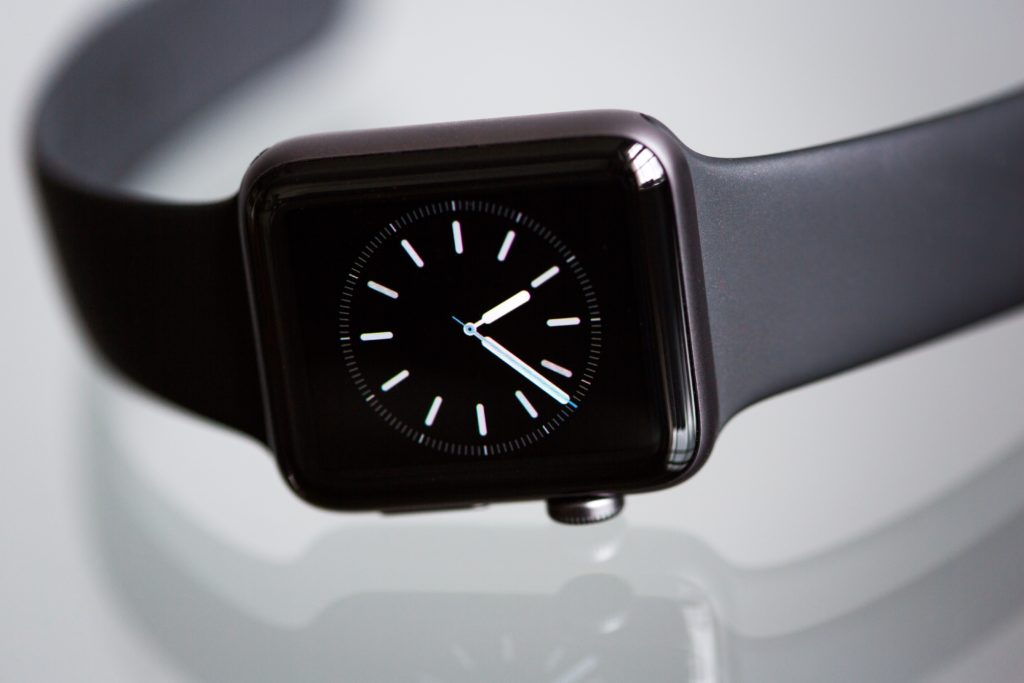Now you can listen to us read this article!
Watches have helped us tell the time over the years, bearing many different designs and styles. Throughout history, many professions have used watches, and today, we wear watches to keep up with time and sometimes make a fashion statement. One might ask where the watch got its name.
Watches are called “watches,” derived” from the old English word “woecce,” meaning to keep watch or be awake. Town watchmen used the device to track their work shifts. The term also came from 17th-century sailors who used the technology to time the length of their shipboard watches.
Read on to learn more about the origin of watches and how they’ve become an essential accessory today.
How Watches Got Their Name
The exact origin of the term “watches” is still heavily debated by historians today. There are several theories of where people first used the phrase.
One report suggests that watchmen in England coined the term because they used the devices to track their shifts on the job.
Another report indicates that the term came from sailors in the 17th century who used watches to track the length of their shipboard duty.
The Origins of the Word “Watch”
The origin of the word “watch” comes from an old English word “woecce,” which means “keep watch, be awake.”
The word “woecce” evolved from “wacian,” an English word thought to have been from Northumbria in the late 14th Century. “Wacian” translates to “be or remain awake.”
Who Invented the First Watch?
The first watch is believed to have been invented by Peter Henlein from Nuremberg, Germany, between 1504 and 1505. He invented the first pocket watch. However, many scholars disagree with this claim, stating that only his well-known reputation earned his place in the history books.
How Watches Evolve Into Wristwatches
The evolution of watches into wristwatches began in 1673, when either Robert Hooke or Christian Huygens added spiral springs to watches, helping them tell time more accurately and paved the way for watches to become smaller.
The introduction of waistcoats by King Charles II meant that pocket watches had to change their design to become smaller. In 1868, the first wristwatch was created by Patek Philippe using a wind-up kep system.
How Is a Wristwatch Different Than a Watch?
A wristwatch is explicitly worn around a person’s wrist using a wrist strap or other bracelet to secure the watch to the wrist. However, a watch is designed to be portable and can be carried or worn by a person.
Who Invented the First Wristwatch?
Patek Philippe created the first wristwatch in 1868, which the owner of the wristwatch wound with a key. As wristwatches became more prominent in society, the technology behind them was able to evolve as well.
How Wristwatches Become Popular
Wristwatches grew in popularity due to World War I. As World War I broke out, it was essential for military personnel to have free hands at all times while being able to check the time.
Louis Cartier started to design wristwatches in 1904 after his pilot friend complained that he couldn’t fly his plane and check the time simultaneously.
Specific series of watches, such as the Breitling Navitimer, was created for men serving in the military. Although created for military use, this didn’t stop the spread of these watches into the general population. They were so popular that by the 1930s, the use of pocket watches was practically zero.
The Start of a Digital Era
As technology continued to progress, many inventors wanted to ensure that the watch wasn’t left behind.
In 1972, Hamilton Watch Company and Electro-Data introduced digital wristwatches. At the time, $2,100 was the average price for one digital wristwatch.
In the 1980s, cereal box giveaways were offering digital wristwatches as prizes.
The Rise of the Digital Watch
The first consumer digital watch was the Hamilton Pulsar P1 Limited Edition. This watch came out in 1972 and would set you back around $2,100.
This watch was encased in 18-karat gold and got even more advertisement when a similar model was featured in the 1973 James Bond film Live and Let Die.
Throughout the 1970s, companies started to create digital watches that were less expensive for the consumer.
By the 1980s, digital watches had become a commodity. They were cheap and available from any shop.
Casio, an electronics company, started adding television feeds, miniature games, and even cameras to their digital watches to increase sales.
The Baby-G and G-Shock are 2 of the best-known digital watches by Casio today. They don’t just look cool but also feature a digital light. Plus, these watches are well-known for their water resistance and shock resistance. Today, they’re not only worn by youths but people of all ages.
The Rise of the Smartwatch
In the 2010s, digital watches were almost dying out.
That’s until Apple introduced their new Apple Watch Series 1 in 2015. The Apple Watch had all the functions of a digital watch. It allowed users to track messages and incoming phone calls on their iPhones, along with monitoring health statistics.
Since then, Apple has improved its smartwatch a few times, and other companies such as Samsung and Huawei have since come up with their own versions of the smartwatch.
Smartwatches are becoming increasingly popular in today’s society. They allow you to monitor fitness levels and stay in contact all from your wrist.
If you’re looking to buy a smartwatch, you can check a list of the best smartwatches here.
Conclusion
Although the name “watches” may originate from different uses of the technology, watches have served a vital role in our history. From helping pilots land safely to monitoring our heart rates — watches are one device that has genuinely stood the test of time.
Today, watches continue to be a popular and essential accessory, not only to tell time but also act as a fashion statement for many. For some, a watch can also define success.
Considering how much watches have improved throughout history, it’s safe to say that these timeless pieces are here to stay.
Sources
- Online Etymology Dictionary: Watch
- Jack Mason Brand: When Were Watches Invented
- Clock-Watches: History of Watches
- Watchmaster: The History of the Wristwatch
- PC Mag: The Digital Watch: A Brief History
- Times Ticking Watch Repair: Why is a Watch called a “Watch”?
- Google UK: 100 Greatest Science Inventions Of All Time, Haven, Kendall F. (2006)
- Google UK: “Watch” The New Encyclopaedia Britannica, 15th Edition 1983 pp. 746 – 447
- Tech Radar: Best smartwatch 2021: the top wearables you can buy today
- Casio-intl: The History of a Compelling Brand







